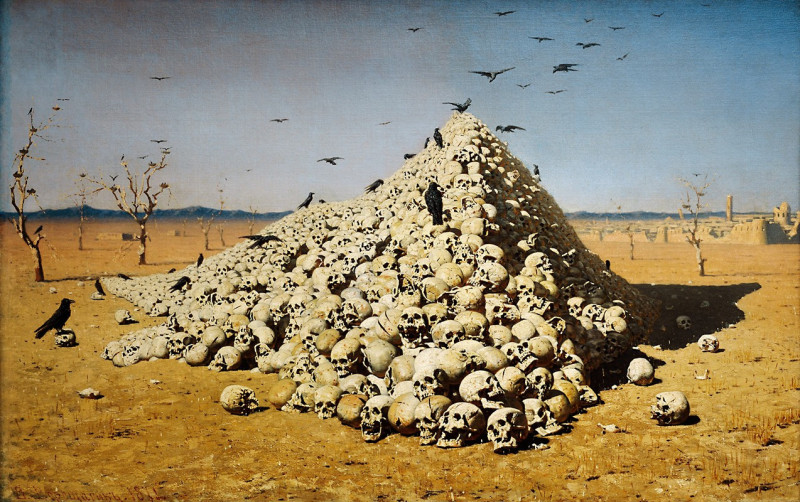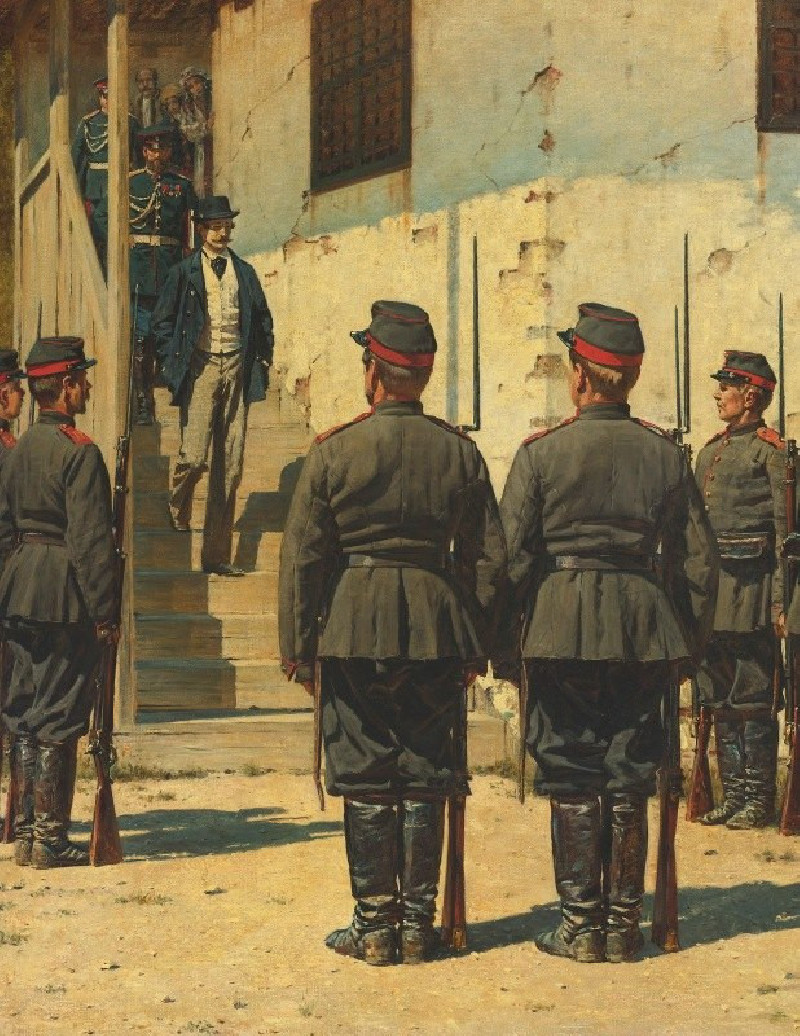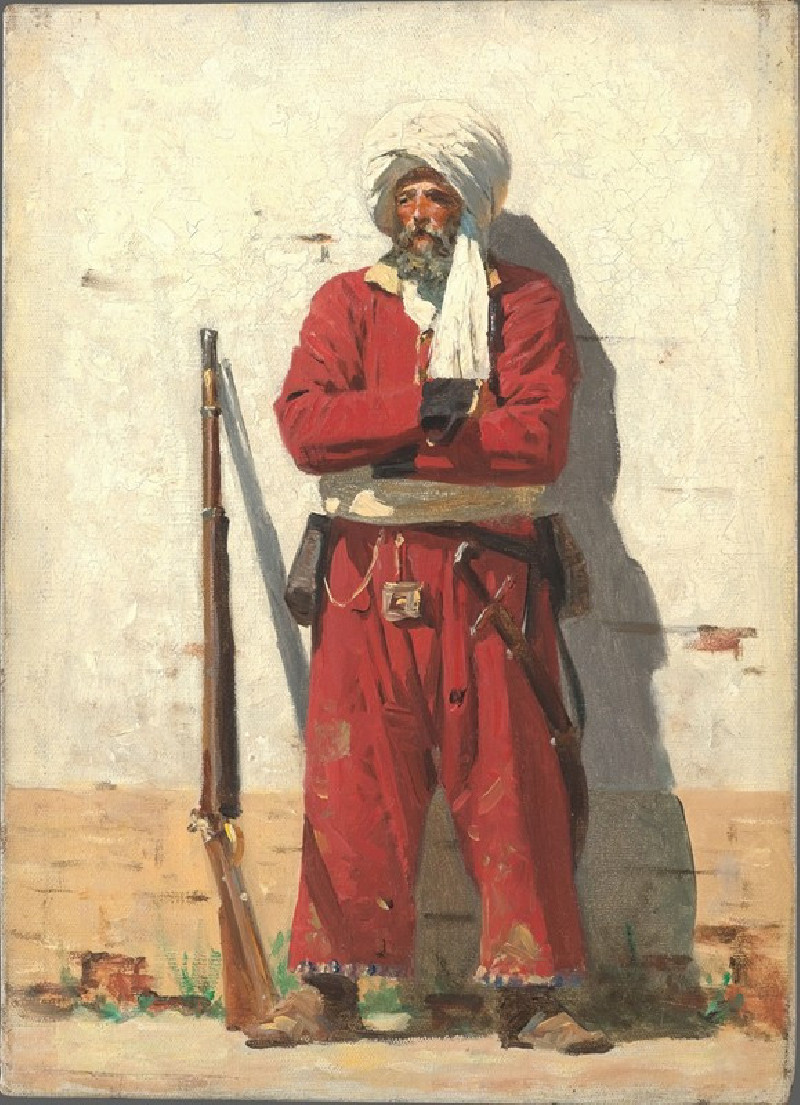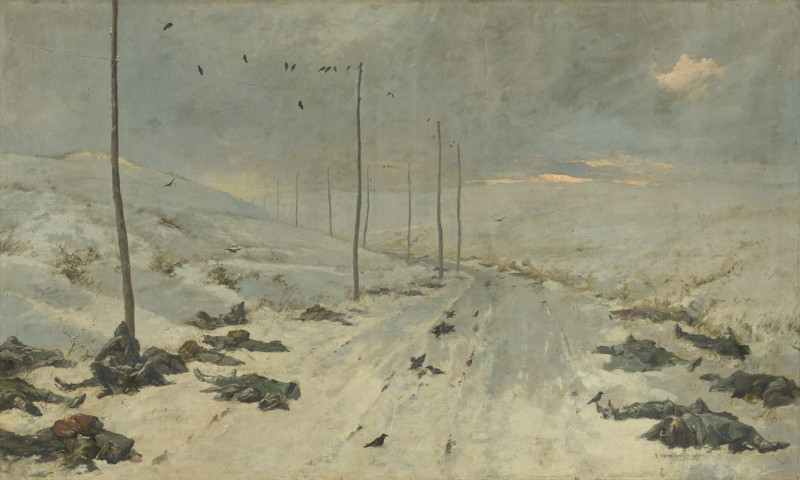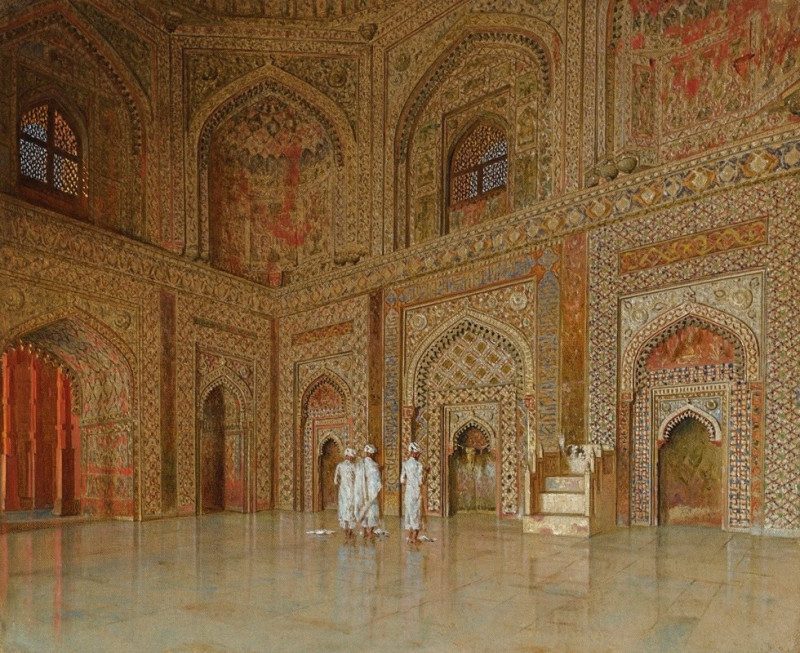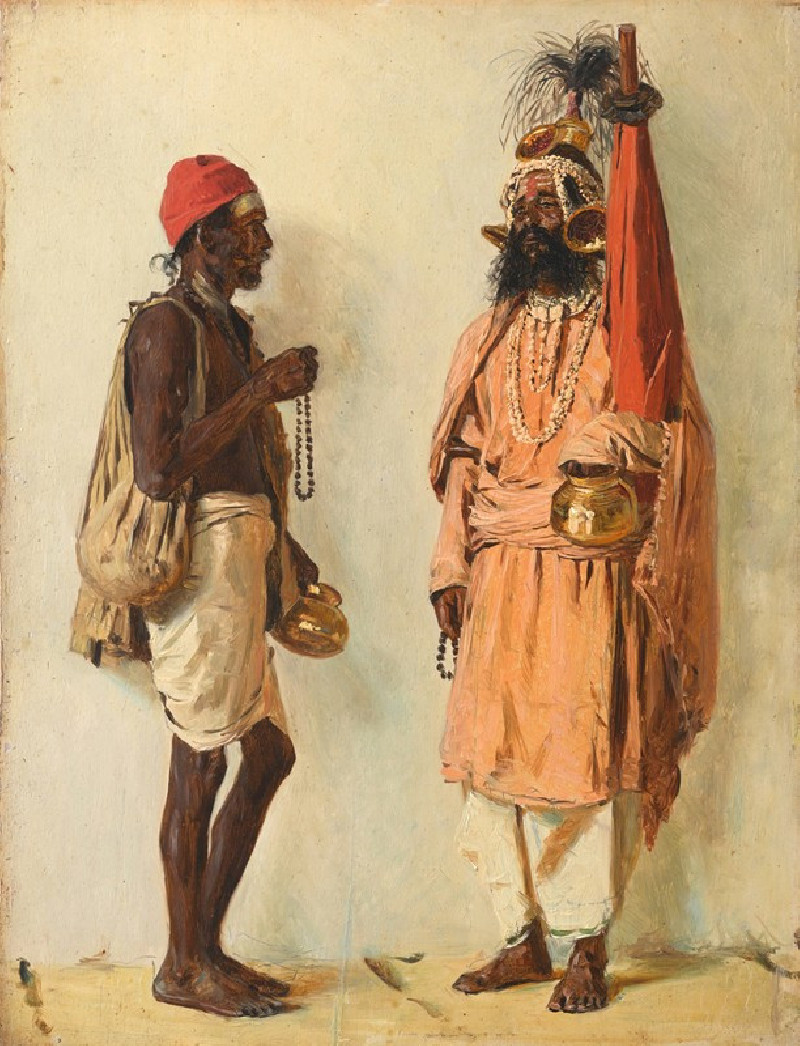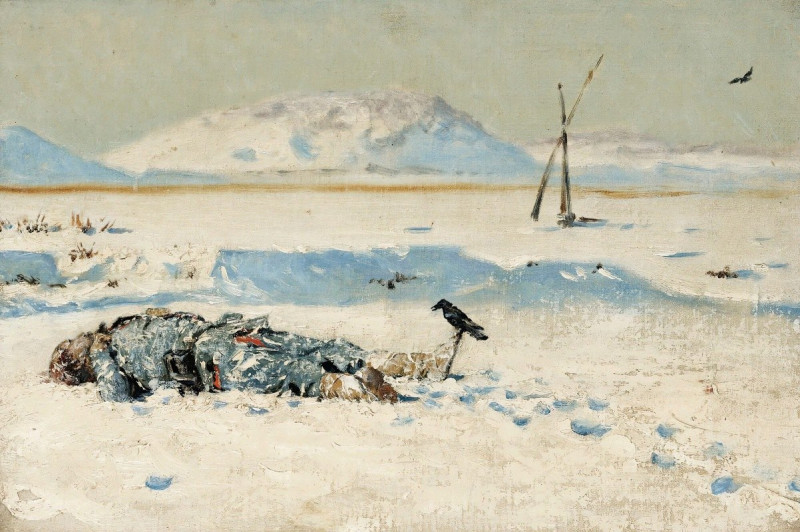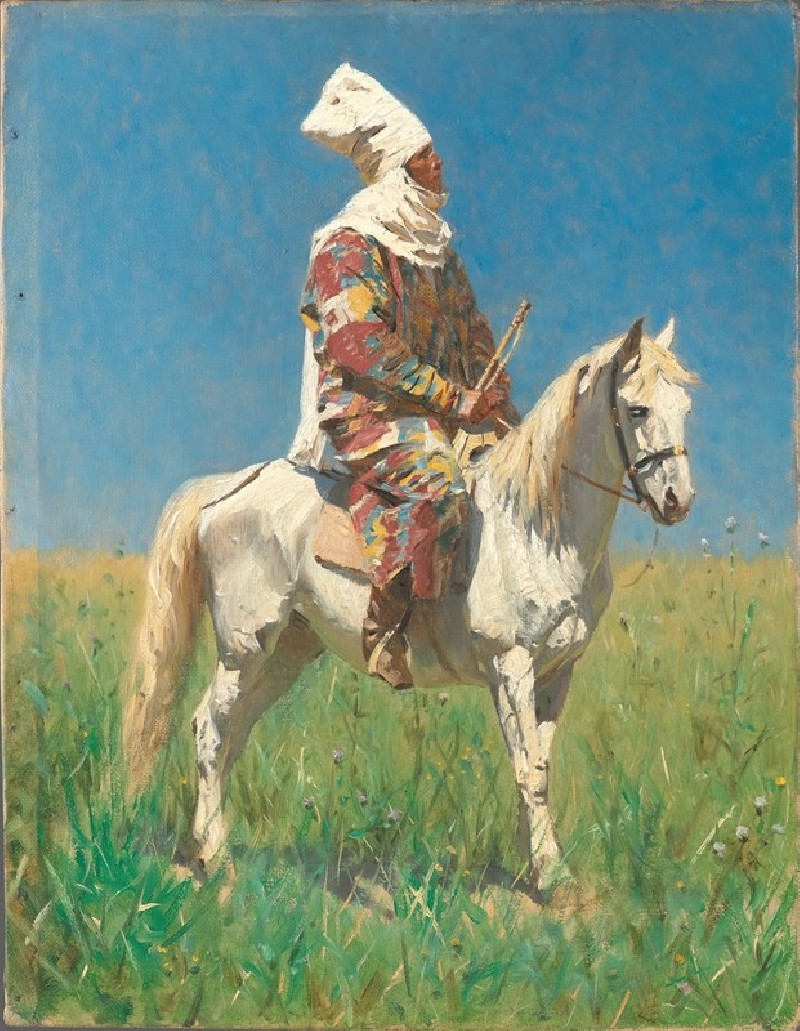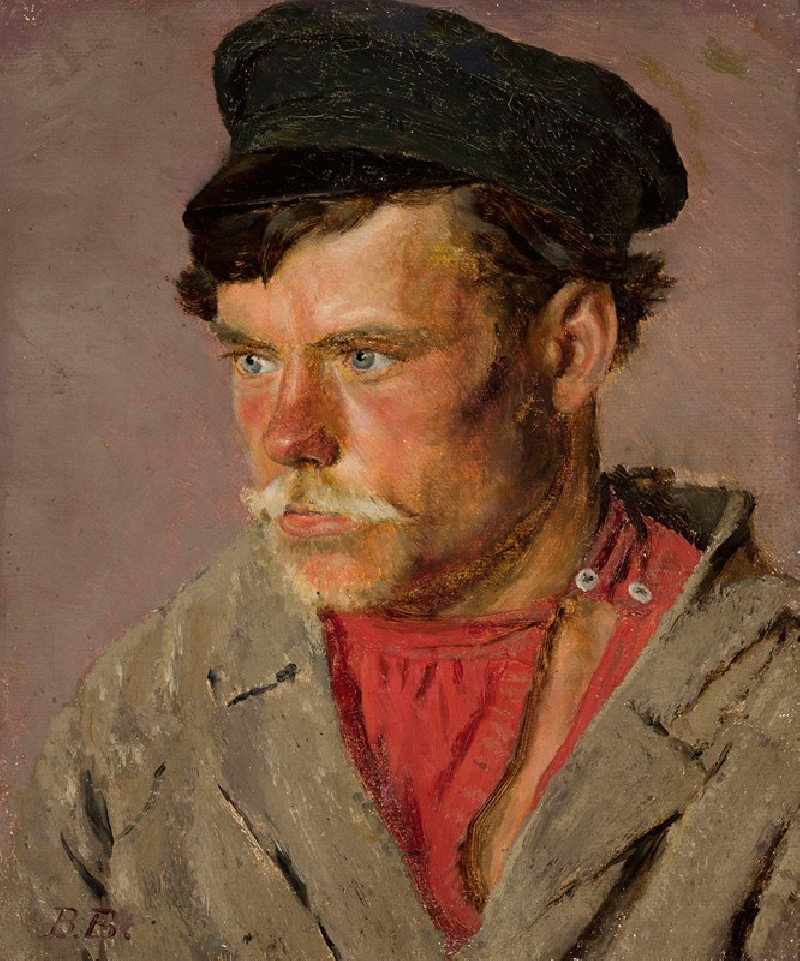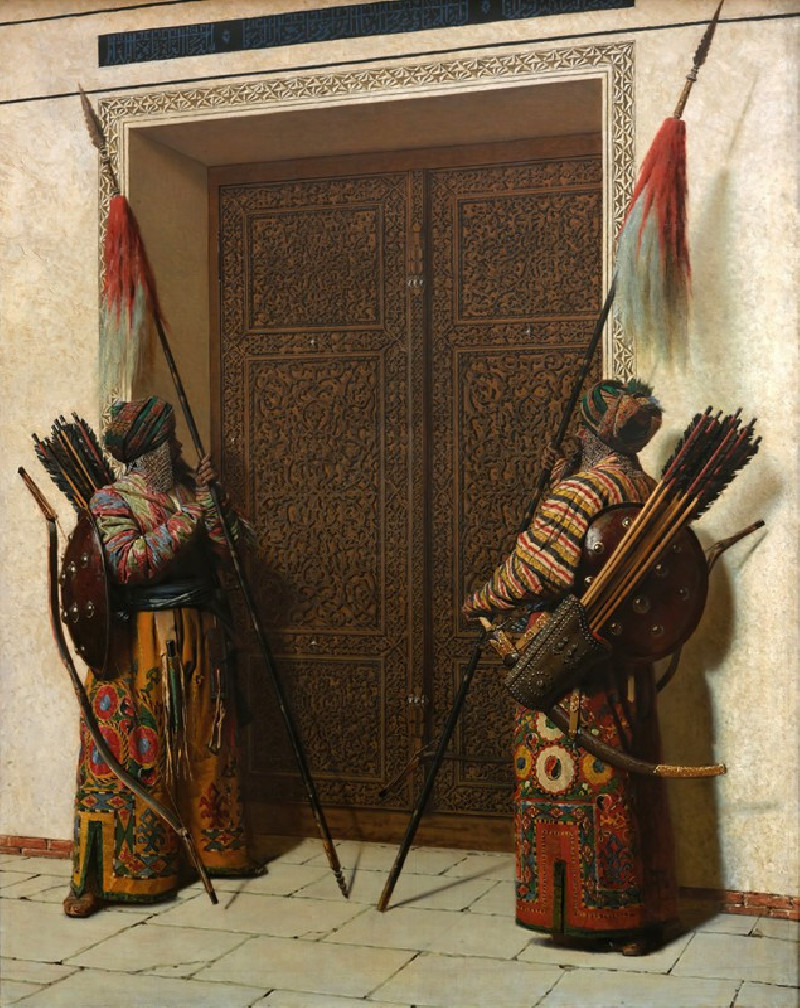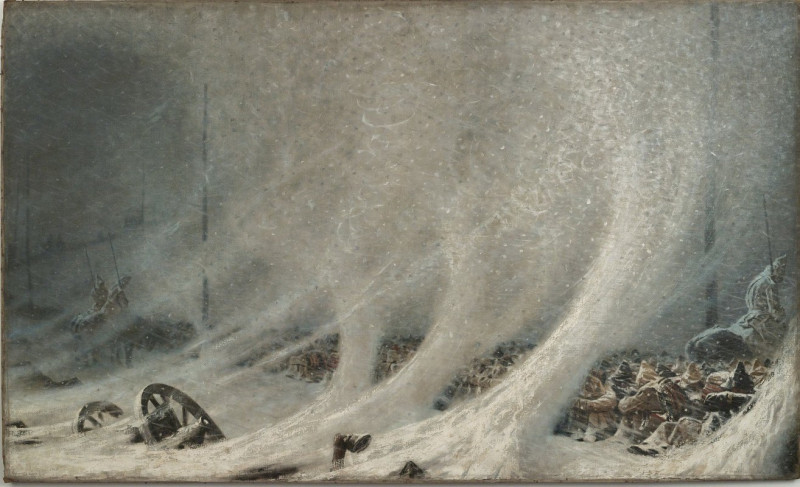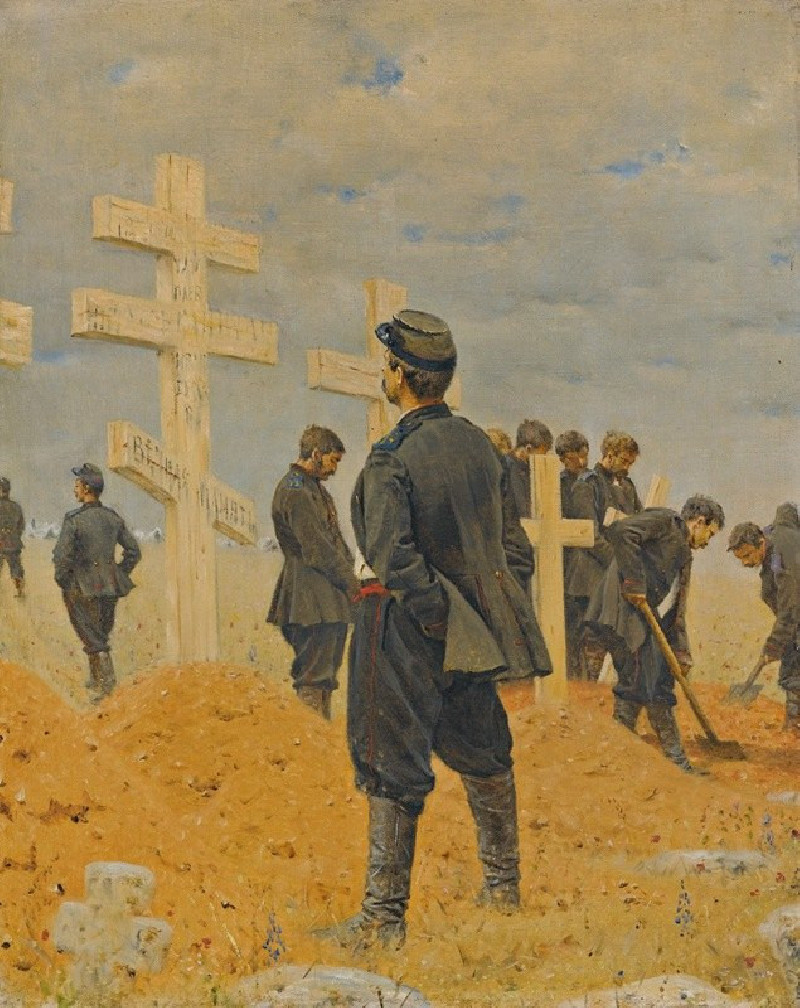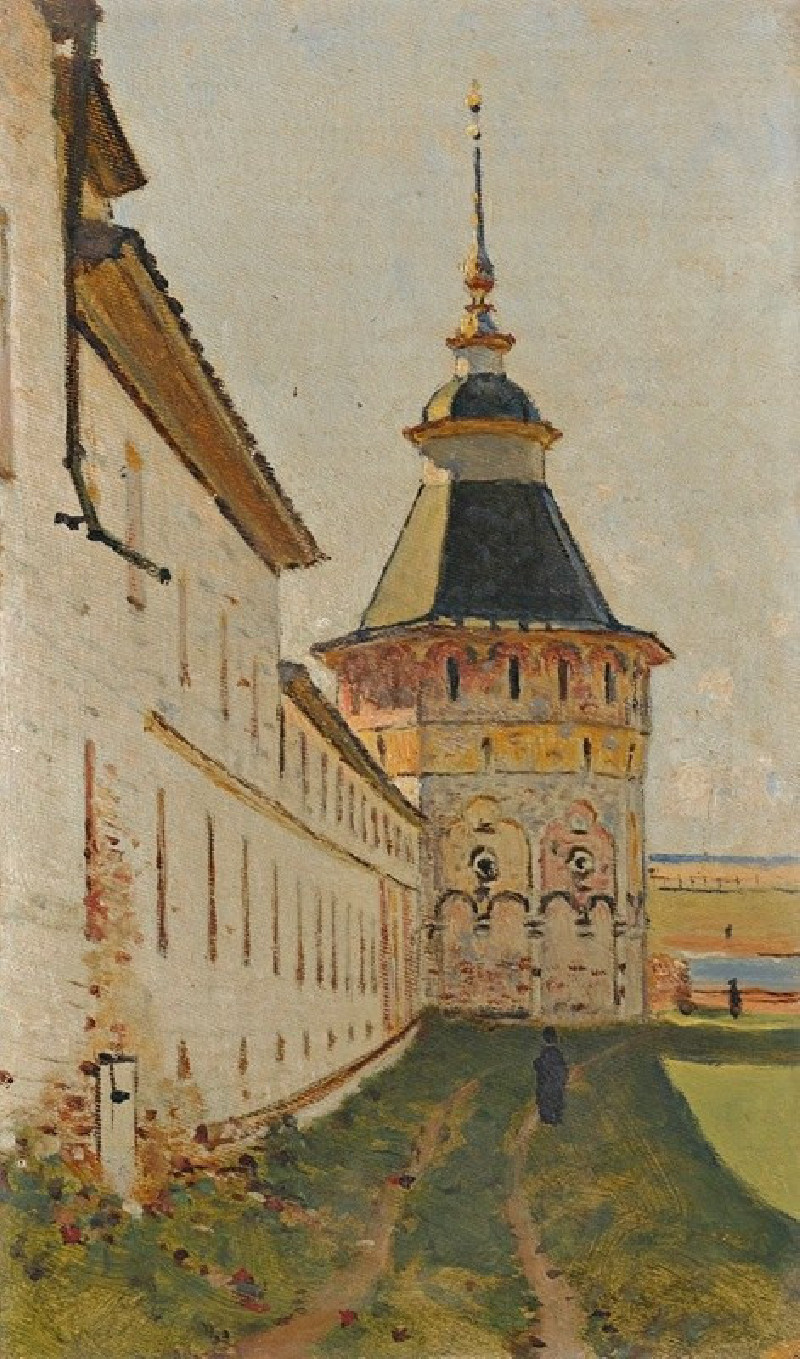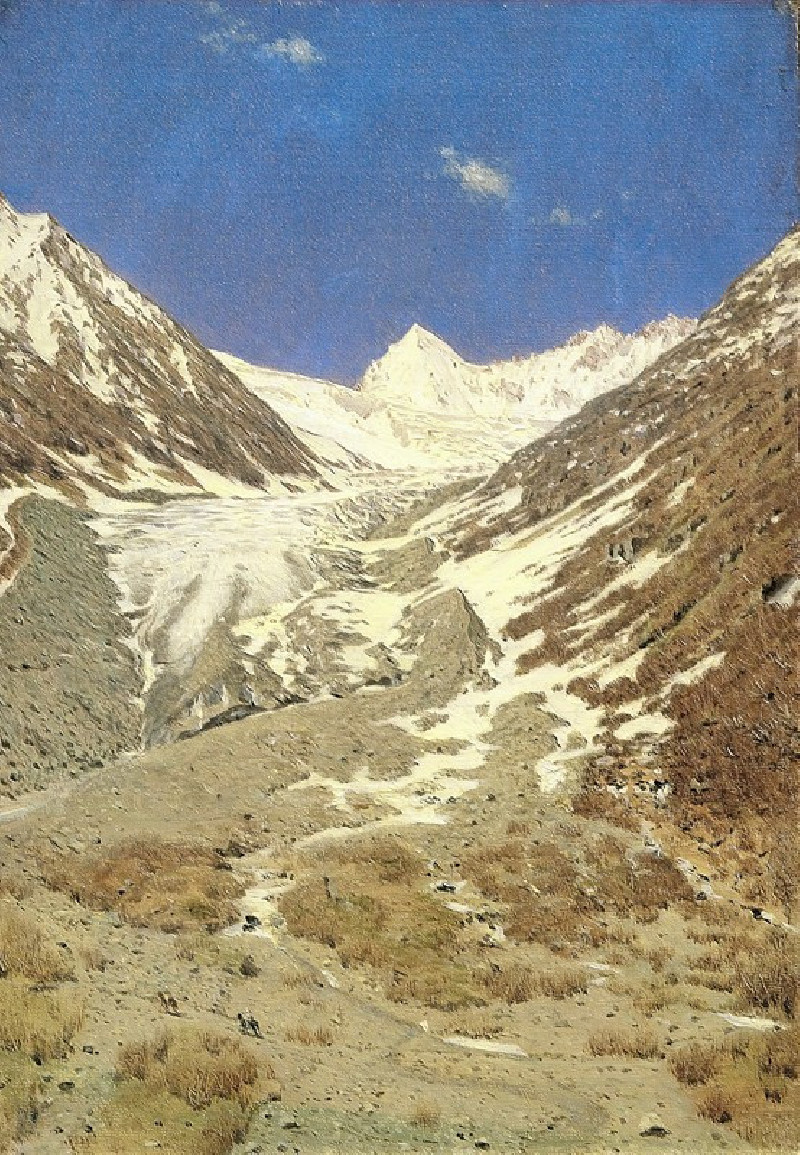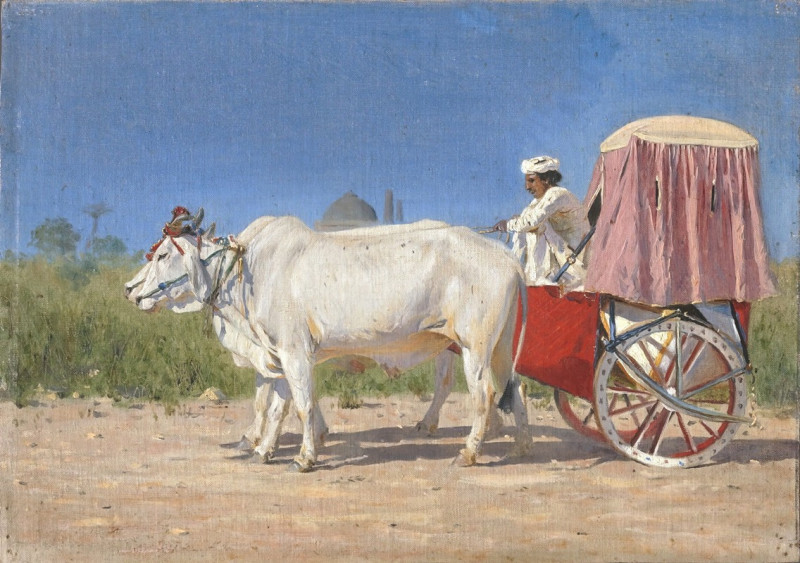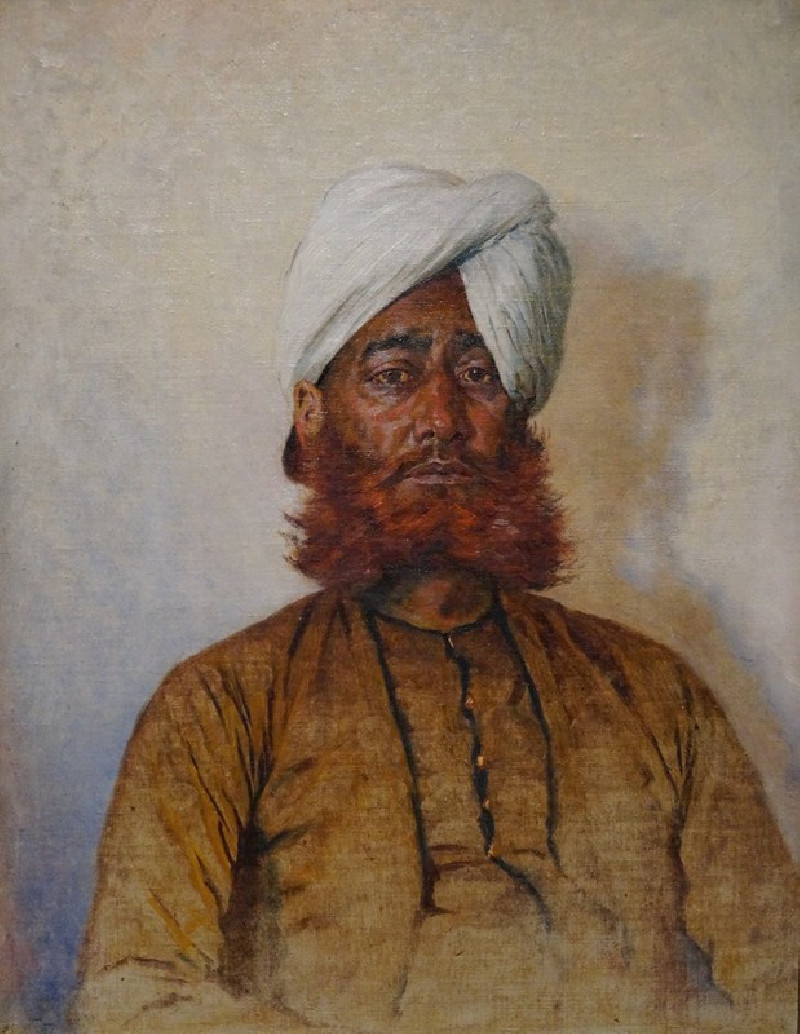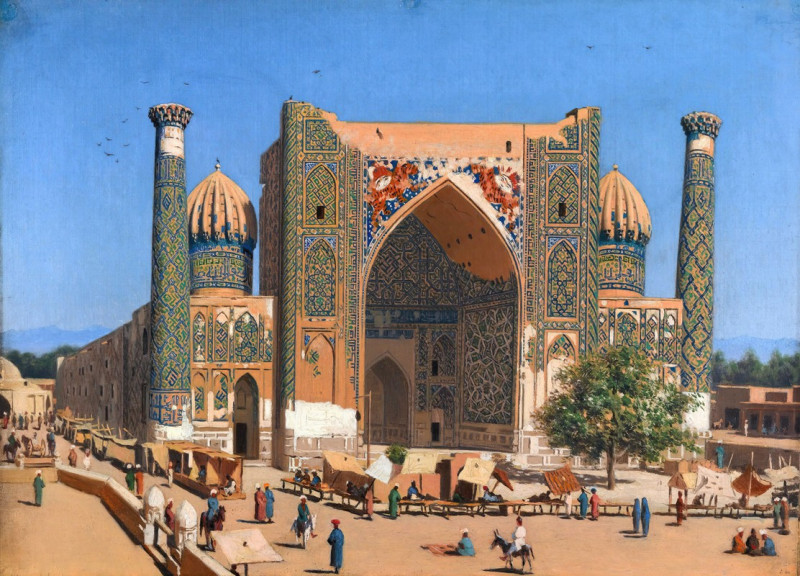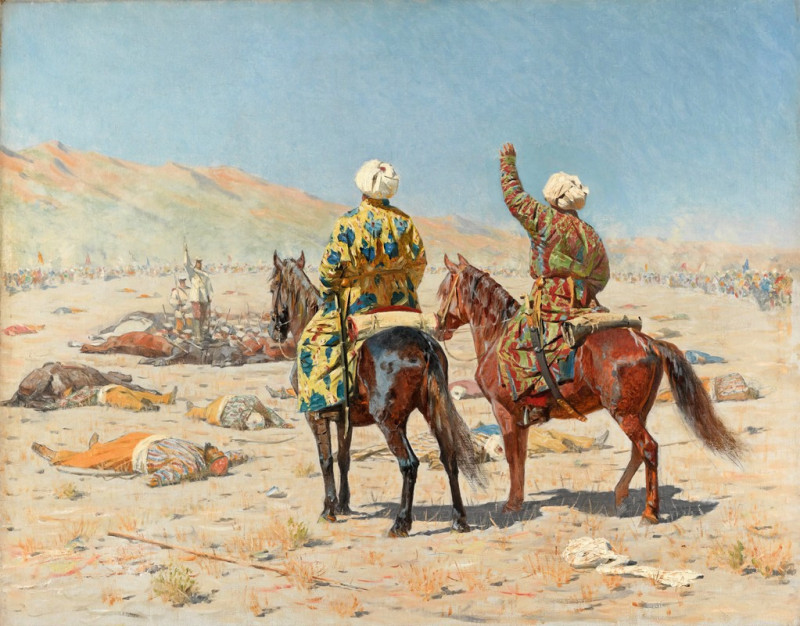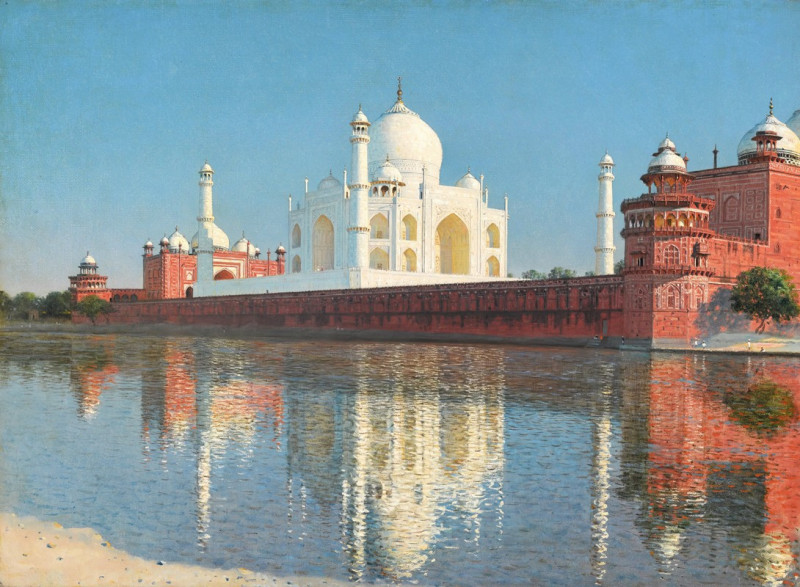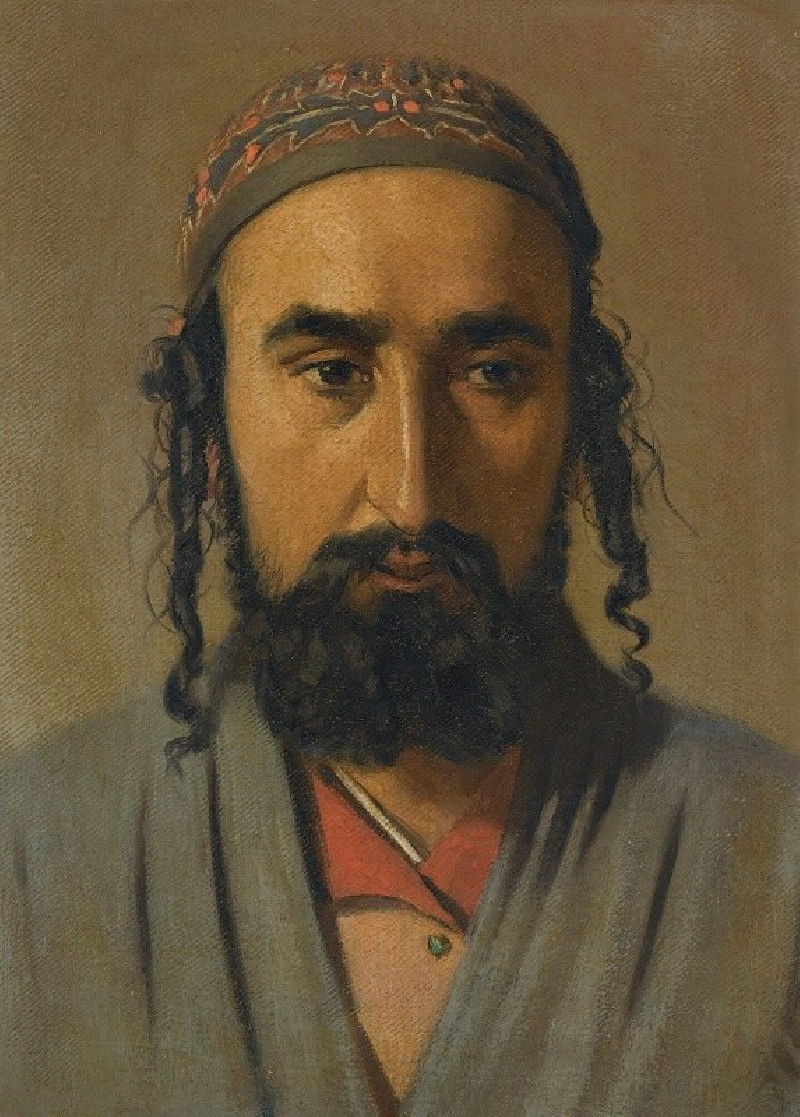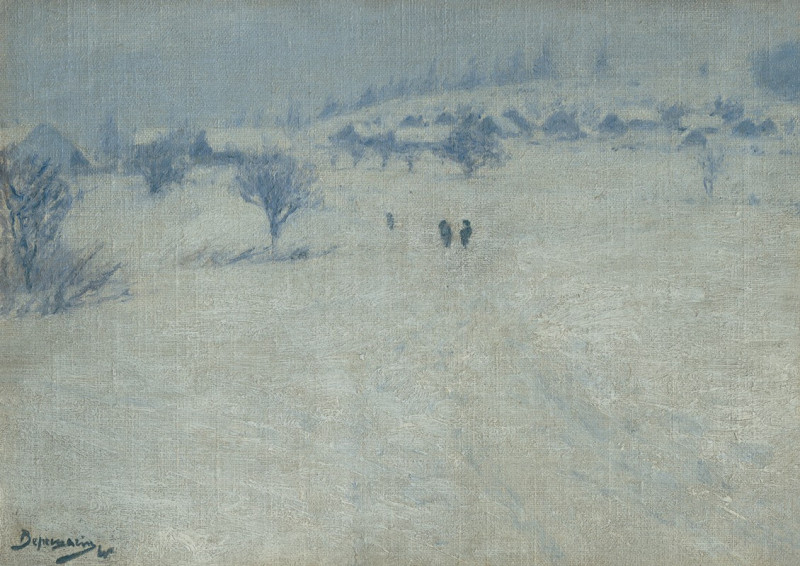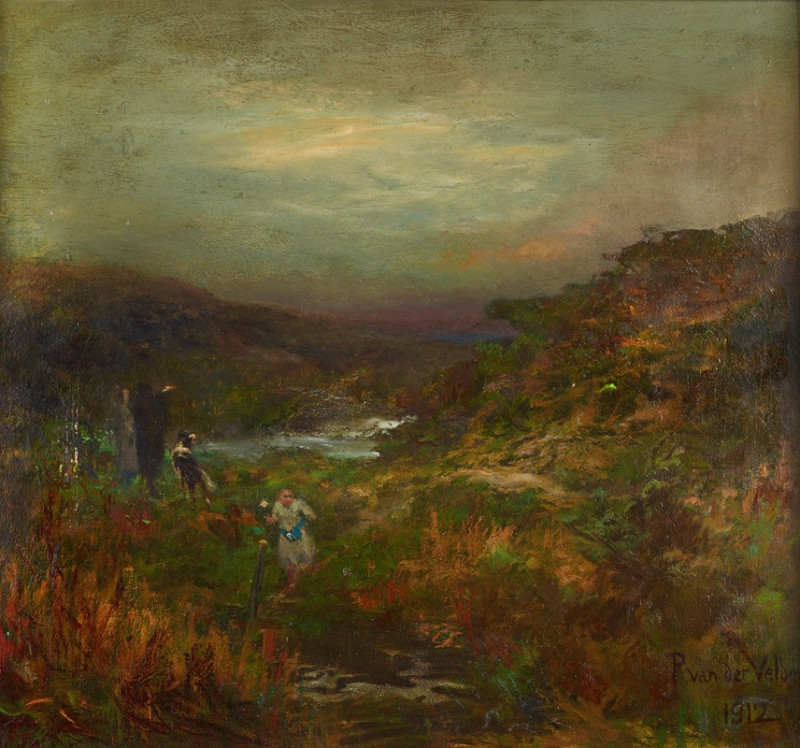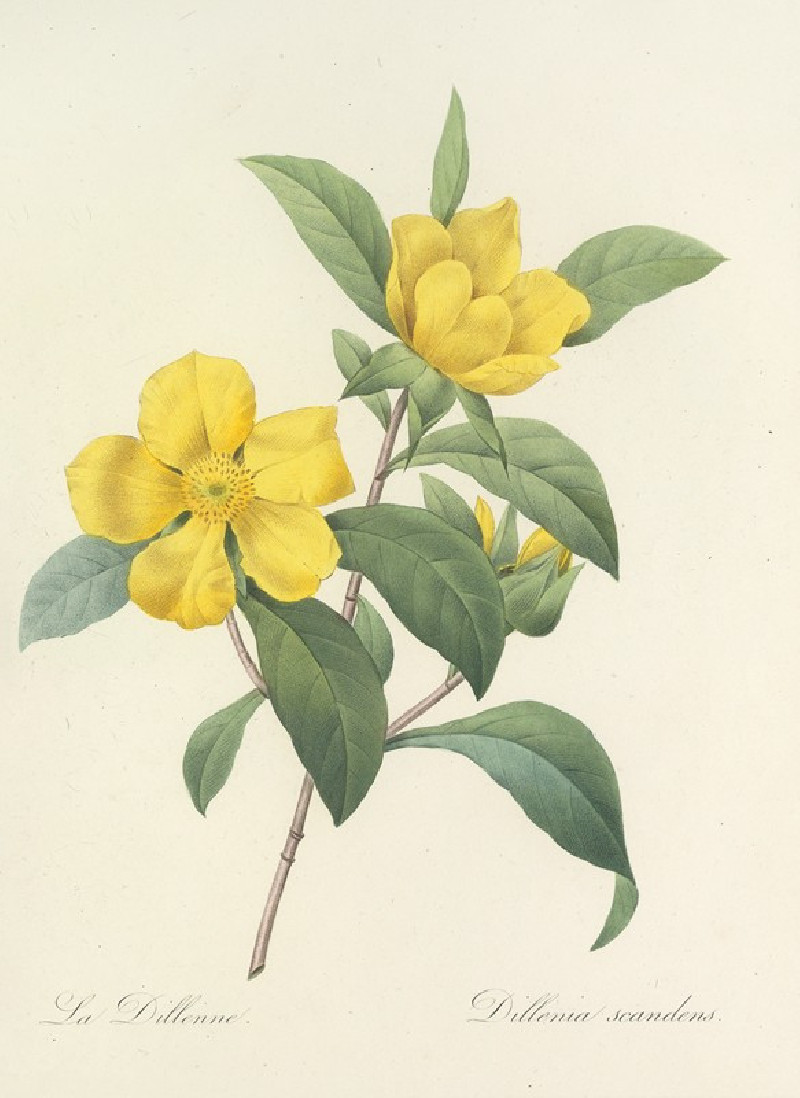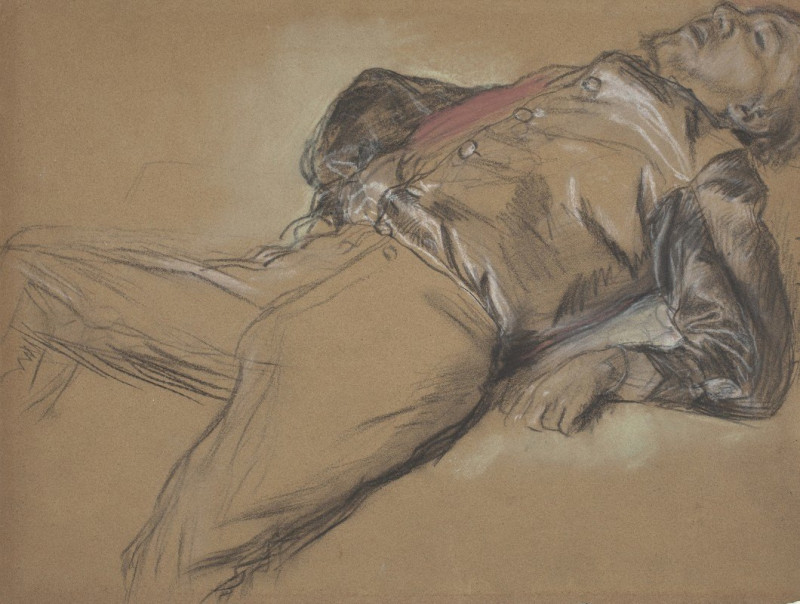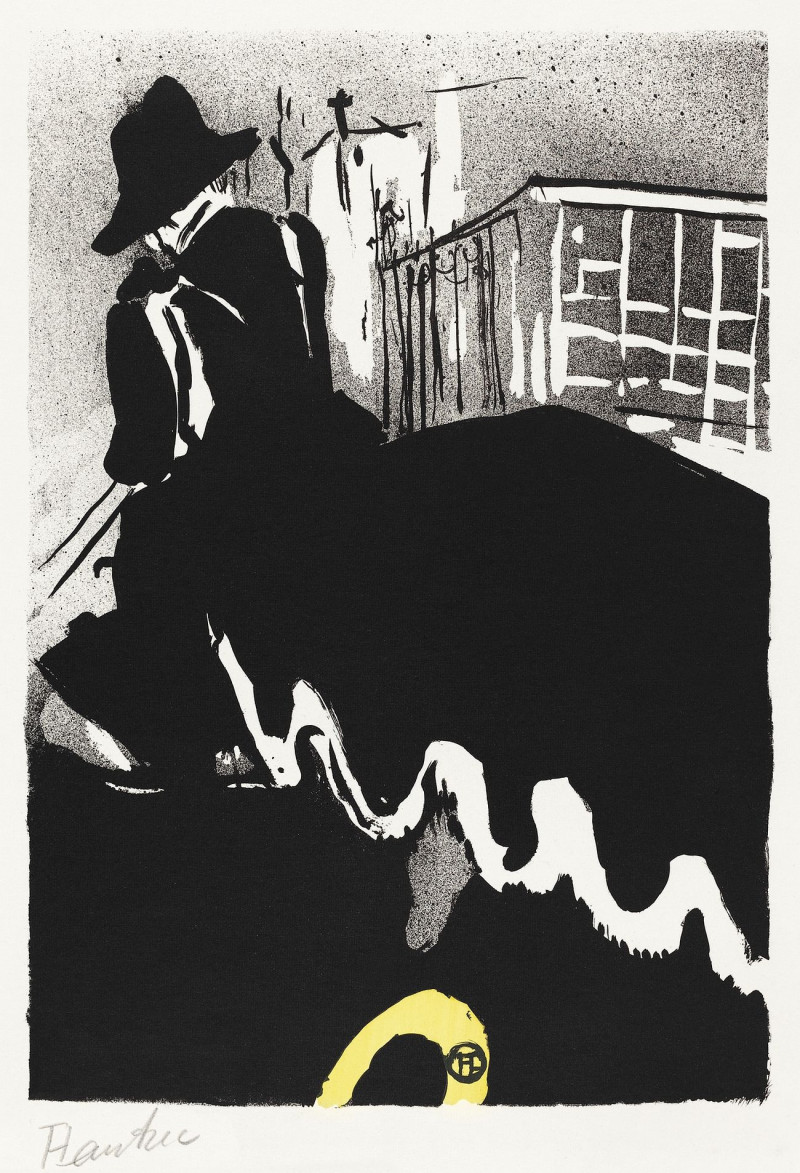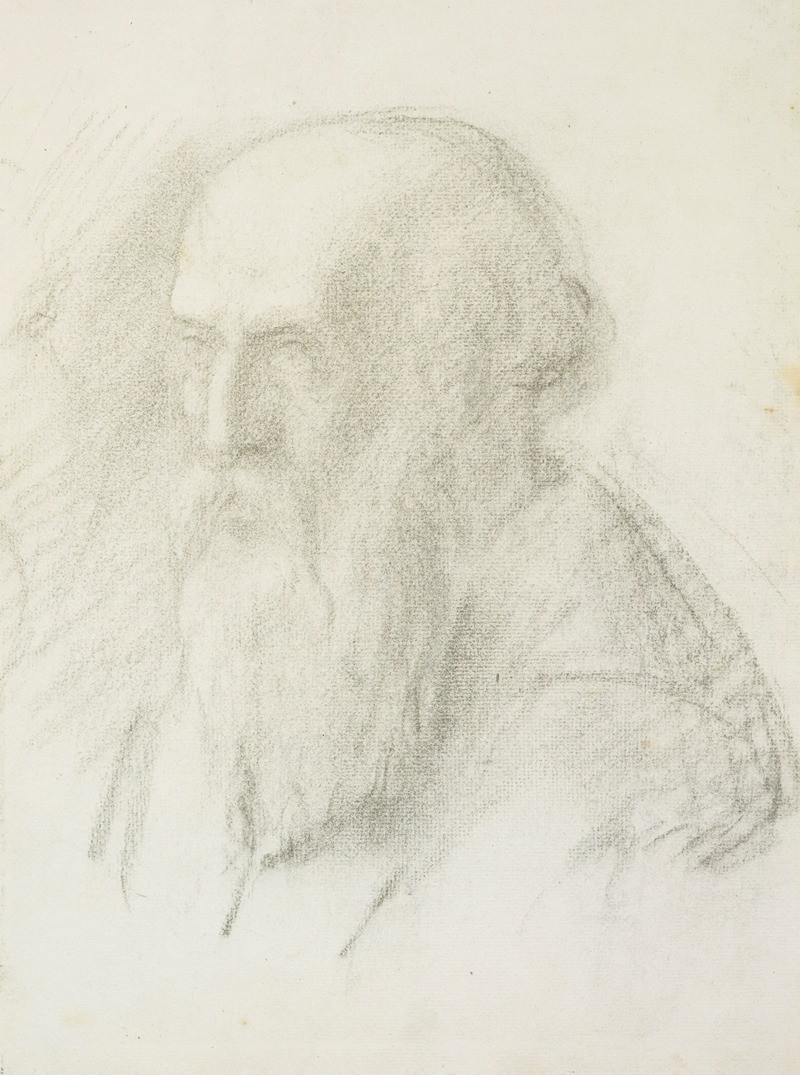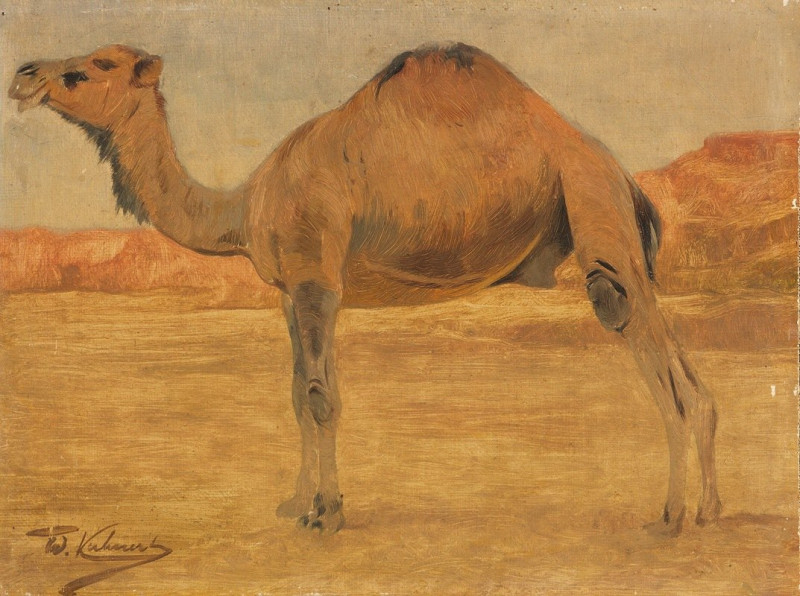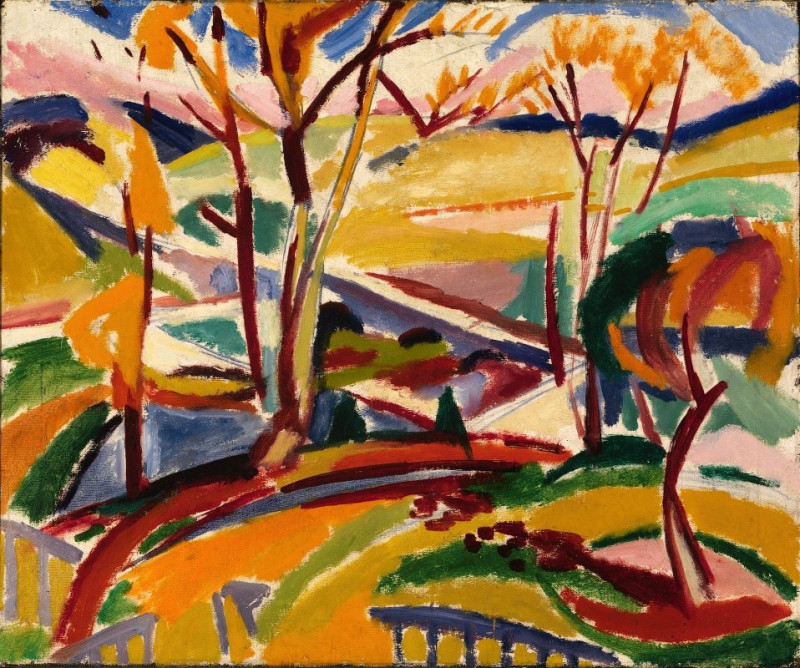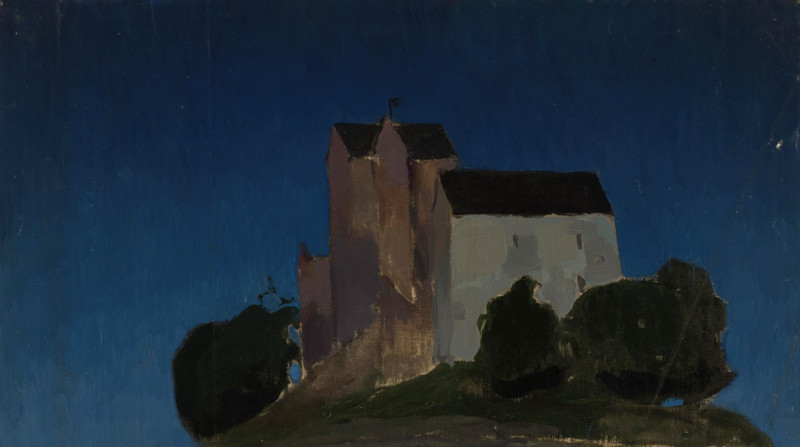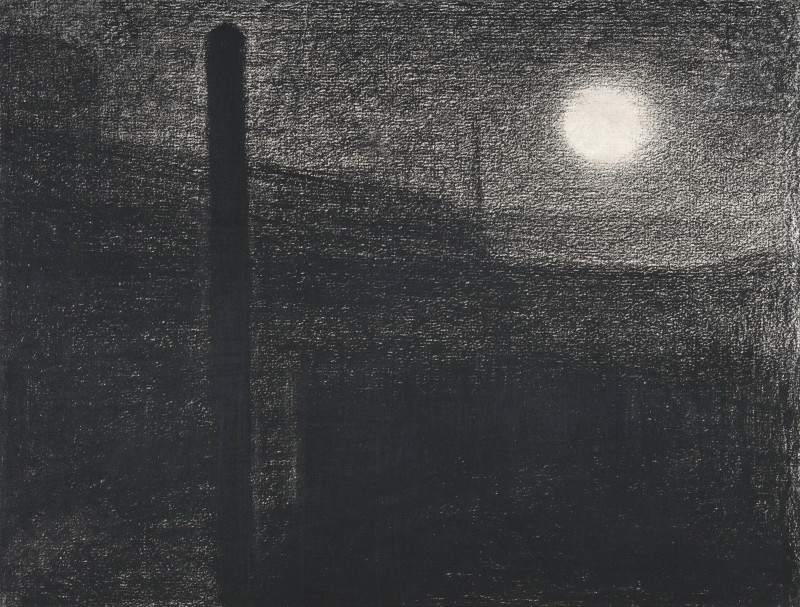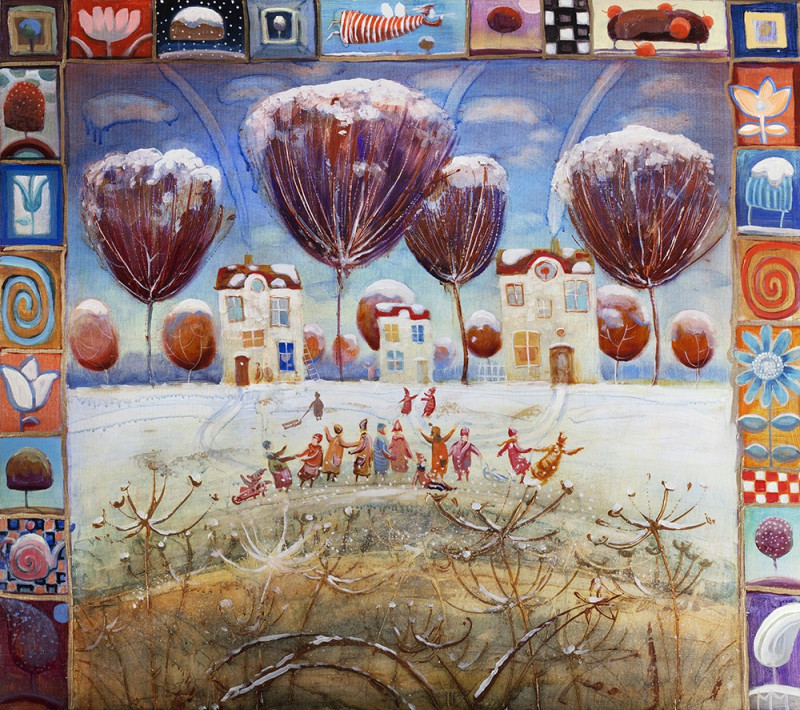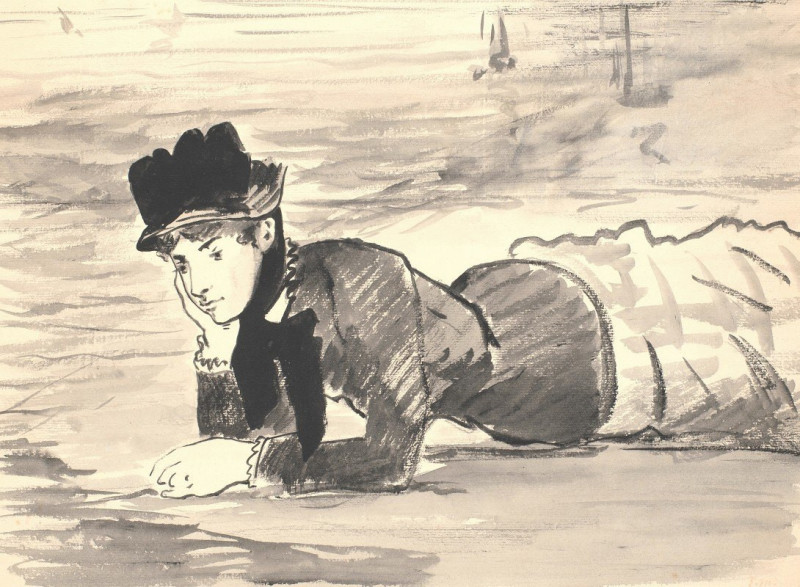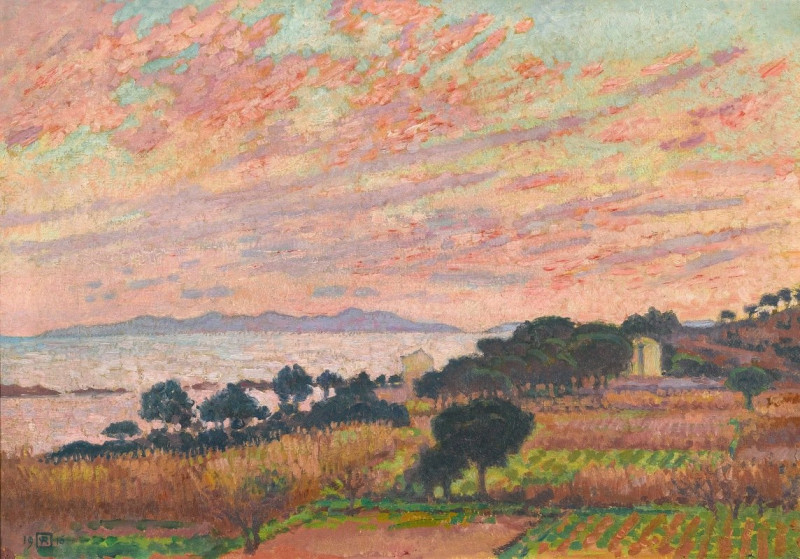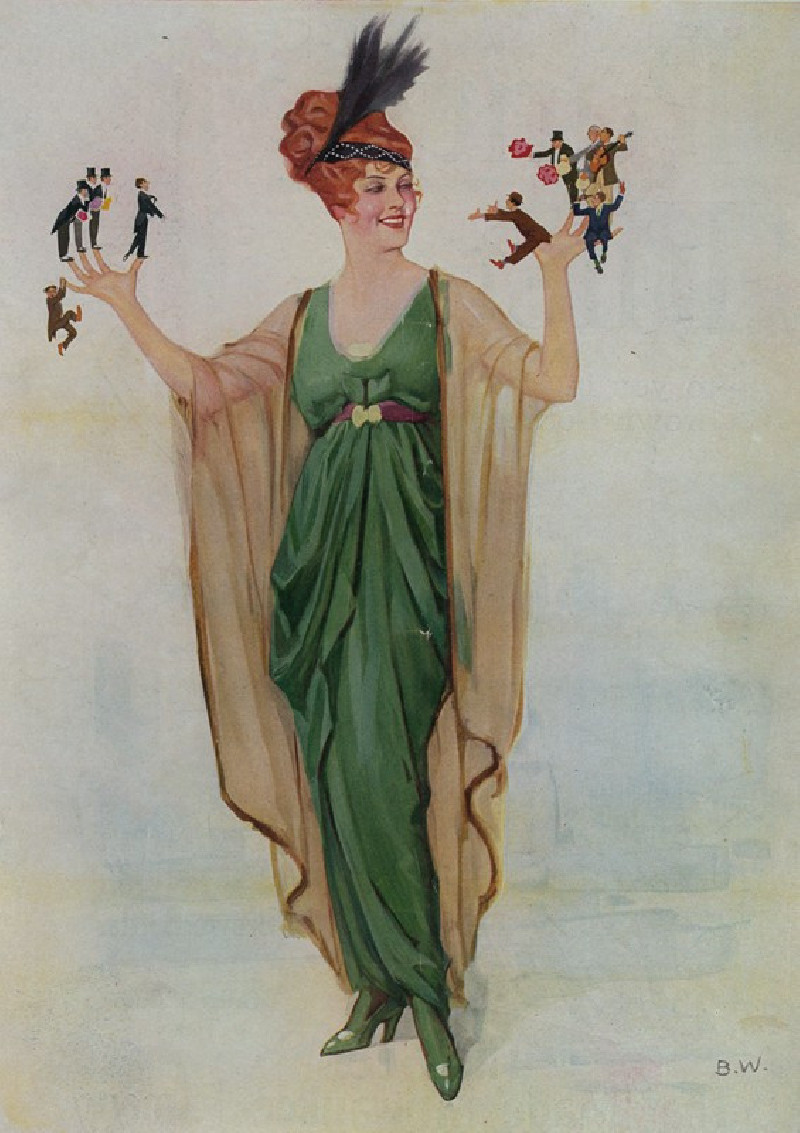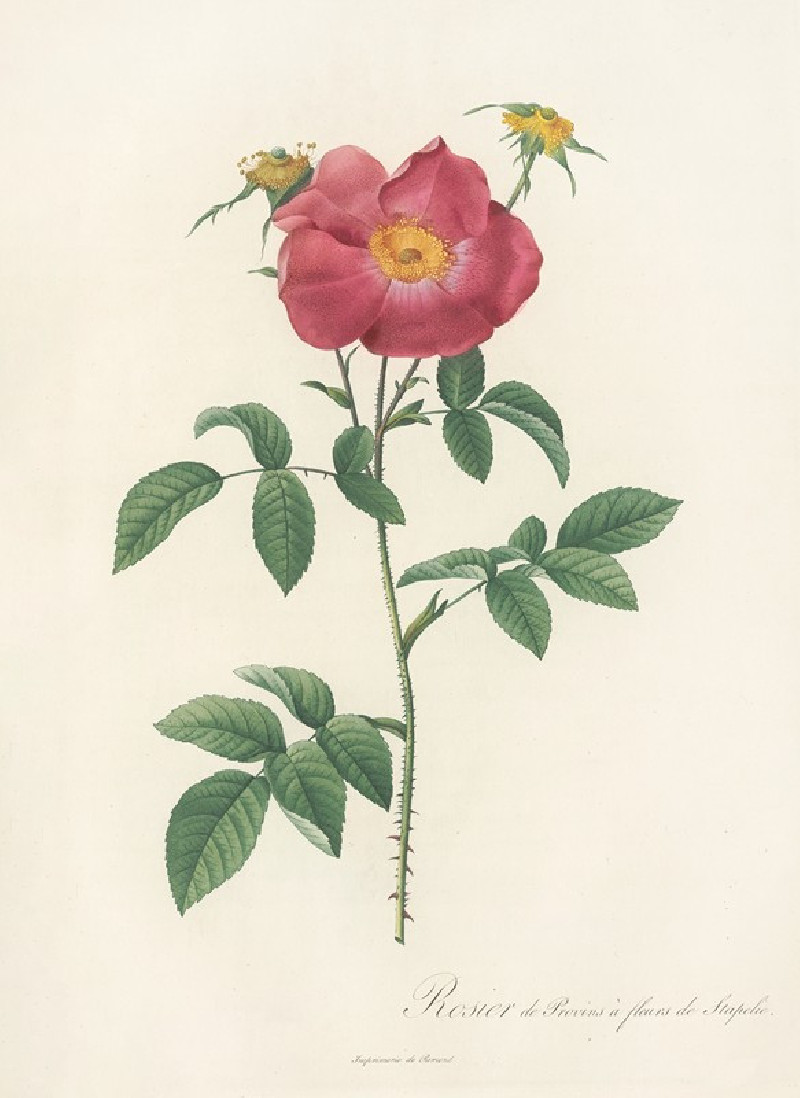The Apotheosis of War (1871)
Technique: Giclée quality print
Recommended by our customers
More about this artwork
"The Apotheosis of War," painted by Russian artist Vasily Vereshchagin in 1871, stands as a profound statement on the brutality of conflict. This stark and somber work presents a chilling scene: a colossal pyramid of human skulls dominates a barren, scorched landscape, underlining the merciless consequences of war. In the distance, the faint outlines of devastated structures hint at a once-thriving civilization now reduced to ruins. Overhead, a flock of crows circles ominously, symbolizing the looming presence of death.Vereshchagin, known for his unflinching portrayal of military subjects, dedicates this painting "to all great conquerors, past, present, and future." Ironically highlighting the futility and horror of war rather than its glory, the painter’s message resonates as a powerful critique of imperial ambition and the suffering it begets.
Delivery
Returns
Vasily Vasilievich Vereshchagin was one of the most famous Russian war artists and one of the first Russian artists to be widely recognized abroad. The graphic nature of his realistic scenes meant that many of them were never printed or exhibited.
Vereshchagin was born in Cherepovets, Novgorod province, Russia, in 1842. the middle of three brothers. His father was a noble landowner, and his mother had Tatar roots. When he was eight years old, he was sent to Tsarskoe Selo to join Alexander's cadet corps. Three years later, he joined the Marine Cadet Corps in St. Petersburg and made his first voyage in 1858. Served in the frigate "Kamchatka", which sailed to Denmark, France and Egypt.

